Dear WinkWorld Readers,
Some of you know my dear friend and colleague, Janet Towell, of Florida Atlantic University. Janet and I taught together and laughed a lot at CSU Stanislaus. Enjoy what she just wrote yesterday after returning from the reunion sponsored by Teachers College Reading and Writing Project (TCRWP) at Columbia in NYC, October 22, 2016.
Thank you, Janet. May I please have permission also to put in “The Power of Story,” which I am madly trying to finish?
Storytelling, Listening, and Love
By Janet Towell
10/25/16
Patricia Polacco’s children’s books are all based on family stories. Although Patricia suffered from dyslexia as a child, she could draw, paint and tell stories better than anyone. Patricia learned how to tell stories from her Ukrainian grandmother who used to tell stories every night around the fireplace as they ate popcorn, apples and homemade fudge. (They were too poor to own a TV at the time.) Patricia’s grandmother called this “fire talking” and that’s how Patricia learned the art of storytelling. She uses story to relate her family’s cultural traditions and to discuss sensitive themes such as bullying, cancer, dyslexia, war, and nontraditional families, in a style that is empowering and inspirational.
When we were discussing traditional literature in my undergraduate language arts class recently, we talked about the power of story. Fairy tales are the sugar and spice of childhood. They teach children the difference in good and evil. Their magic transforms children into a make-believe world where the troubles of the real world melt away. Children start to believe their dreams may come true someday. During the class my students were asked: “What traditional tales were told in your home when you were young?” While most of the students mentioned Cinderella, Snow White, or The Three Little Pigs, Ashley (a Spanish speaker from Puerto Rico) began telling the story of Kiki Koki – the Enchanted Legend of the Coqui Frog. This is a story about a little Taino Indian boy who was turned into a golden tree frog by a moon goddess for refusing to help his tribe. When children in Puerto Rico hear the tree frog singing at night, they think about this story. Ashley’s childhood story made me think about the importance of including cultural stories of our diverse students into the language arts curriculum in every grade level, from preschool to college.
I listened to Lucy Calkins talking about the power of story in Writers Workshop at the 91st Saturday Reunion at Teachers College on October 22, 2016. She said that we need to listen to our students because they all have stories to tell. “To be a writer is to be someone who listens to stories” (Calkins, 2016). Teachers must help students understand that the details of their lives matter and they are worth writing about. Telling stories, especially “trouble” stories that make children gasp, builds a community of trust. When children tell stories, teachers can mentor them in getting to the heart of their stories, thinking about the deeper meaning or message. We need to love our students enough to listen – to find out their back stories. What is going on in their lives outside the classroom directly impacts their learning inside the classroom. Teaching is all about love.
Reference:
“Breathing Life into Your Writing Workshop: The Spirit Makes All the Difference”
Lucy Calkins, 91st Saturday Reunion, October 22, 2016, Teachers College in New York City
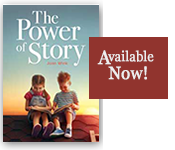
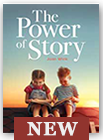
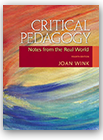
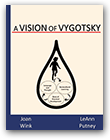

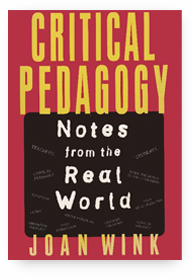

at 9:09 pm
So true, Janet! These kids have stories that are amazing (both on the positive and negative side) and that they are able to focus in the classroom is admirable.
at 8:07 pm
Hi Chris, thanks for responding to Janet’s sharing…maybe sometime, you’ll share a story for us, too?
at 12:25 pm
Janet and Joan, how lucky to hear Lucy. I heard her speak in the late 80s and she forever changed my view of literacy. I like how the idea has expanded to include that “to be a writer is to be someone who listens to stories” as well, as someone who reads stories. We all need to take time out to listen to people’s stories…stories that make us gasp, stories that make us laugh, and stories that make us think. Thank you for this post my dear two favorite teachers.
at 5:02 pm
Cathe, I just wanted to let you know that I made a slight change to my original piece based on your comment. Now the sentence in the last paragraph reads: “Telling stories, especially “trouble” stories that make listeners gasp, laugh, or cry, builds a community of trust.” Thanks so much for the idea!
at 8:06 pm
Cathe, thank you for responding. And, oh, how Janet and I loved having you in our classes! Thank you for your great comments about the fact that writers are people who read stories and listen to stories. I’d add that this is often not just, writers, but rather, readers and writers, who actively engage with all aspects of literacy. I love that the definitions are growing, expanding, deepening.
at 1:06 pm
Thank you for your thoughtful comments, Chris and Cathe. I have such fond memories of my time with you in Turlock at CSUS. And thanks to my dear friend Joan for sharing my writing with her readers on WinkWorld. I am so honored to be included in your new book on the power of story!